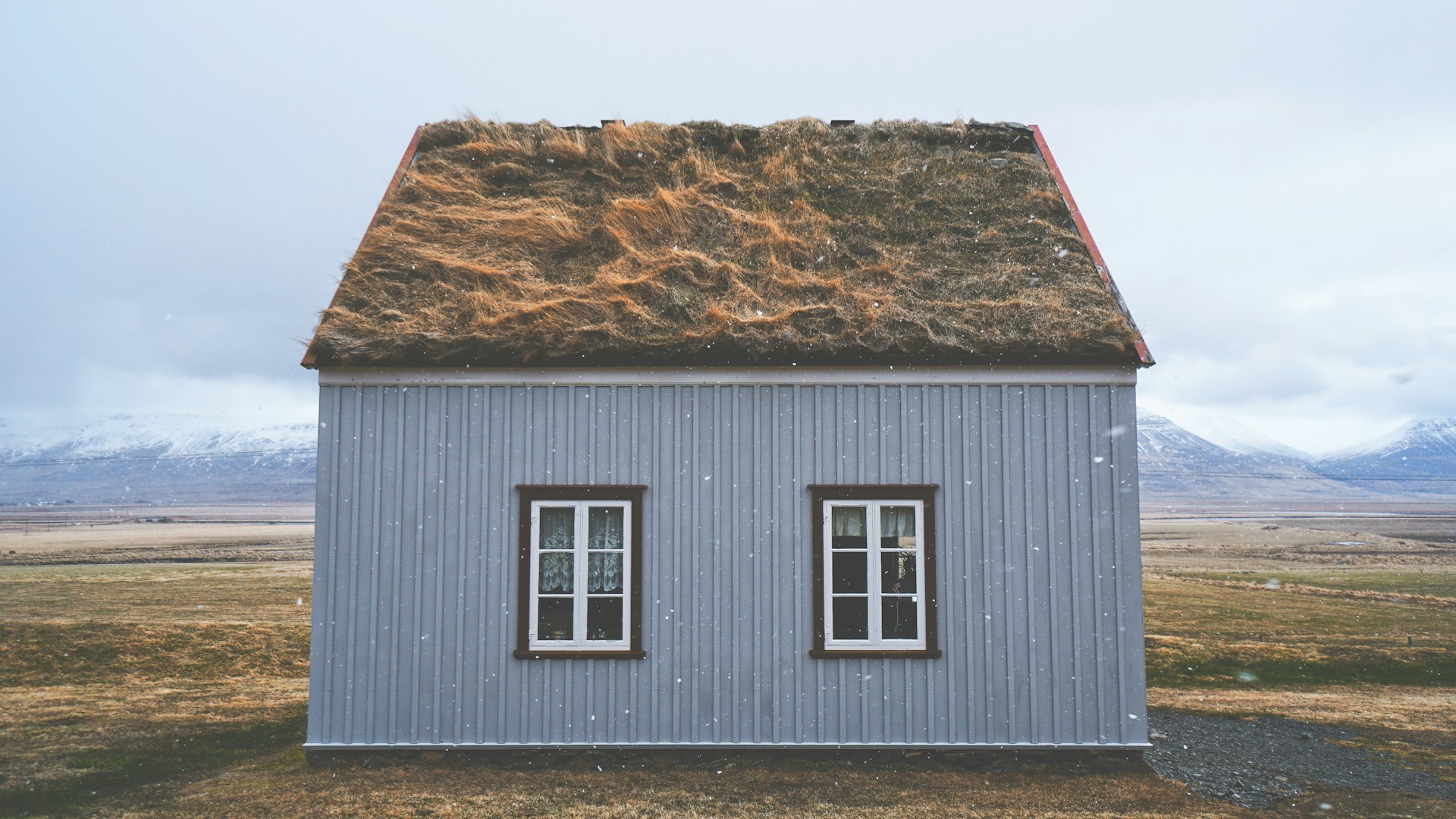
Photo by Hama Haki on Unsplash
From the wooden frames to the plumbing, it’s no secret that the number of materials that go into the building, maintaining, and remodeling of a home is expansive. And while many of these different materials may be necessary for construction, unfortunately, they aren’t always environmentally friendly. Nevertheless, using sustainable materials is becoming more prominent than ever, so we want to discuss the importance of using them, some examples, and their benefits.
Why Choose Sustainability?
It’s difficult to ignore that the way we live, consume, and dispose of materials is having increasingly negative effects on our Earth and our environment. With global warming at the forefront of our minds, many people are taking it upon themselves to reduce their carbon footprint, protect our planet, and help set new standards for how we can take care of our environment.
While there are countless ways to be more sustainable, one way that is often overlooked is during the construction of a home. Because houses have typically been built using a similar formula for the past several decades, it is a process that hasn’t been adapted to be more eco-friendly until recently. Now, we have more access to sustainable materials and design ideas that we can use for the construction of our homes without sacrificing safety, efficiency, or aesthetics.
Some options include:
Mycelium
When it comes to green construction methods, mycelium is at the top of the list in terms of all-natural materials. Mycelium is the vegetative part of a fungus that has proven to have a variety of uses, ranging from medicine to building materials. While using a fungus during home construction may sound unusual, that doesn’t mean that it’s impossible. Mycelium bricks are formed by using the root fibers of fungus, which are then dried and pressed together to create a strong building material. Mycelium bricks are incredibly strong and are resistant to water, fire, mold, termites, and more!
Cob
Although we aren’t talking about corn, cob has been used in construction for centuries, dating back more than 10,000 years! Cob is typically composed of fibrous materials such as straw that are then mixed with soil, clay, water, and even lime. When combined, these materials create a sustainable form of plaster that, when hardened, can prove to be extremely durable against the elements. Furthermore, depending on your environment, cob is known for being a great insulator, with cob homes needing little to no heating!
Reclaimed Wood
There’s little argument that wood is one of the most common materials used during the building process. But the more wood that is used for building results in more trees being chopped down for new timber, with this level of deforestation depleting our Earth of oxygen. Yet, there is a way to still sustainably source wood for building through reclaimed and recycled wood. This is wood that still has a lot of life in it and is just as viable as any wood fresh out of the mill. Why pay more and cause more damage to the environment rather than opting for perfectly good wood just waiting to be used?
Recycled Steel
These days, steel is an essential material for any structure built to last or hold up a lot of weight. And while it may be necessary to use it in some instances, there are eco-friendly options, such as using recycled steel. Thankfully, steel is a product that can be recycled, doesn’t lose any of its crucial properties during the recycling process, and is consistently the most recycled material every year! So, if you need steel for your build, go easy on your checkbook and the environment and look into perfectly good recycled steel for your project.
Cork
Cork is not just used to keep your wine from going bad; it is also a highly sustainable and versatile building material that is harvested from the cork oak tree. So far, people have found cork to be a viable product to be used for projects such as walls, flooring, ceilings, and other eco-friendly upgrades! Not only is cork water resistant but it also helps to absorb vibration, which can enhance the stability of a structure.
Hempcrete
In recent years, hemp as a material has boomed in popularity, with its uses growing by the day. Hemp is an incredibly strong material on its own, so it’s not surprising that it found its way into the construction industry in the form of hempcrete. Created using sand, hemp fibers, and lime, hempcrete is a sturdy building material made of renewable resources. While it may not be as strong as traditional concrete, that doesn’t mean it is ineffective by any means.
Although it’s unlikely that humans will stop building places to call home or commercial spaces anytime in the future, that doesn’t mean we have to harm our environment during the process. Today, there are many sustainable building materials and practices that are available to help make the construction of our homes more eco-friendly — something we can all be proud of. So think twice when it comes to your building materials so you can be part of the solution and not the problem.
Written by Tess DiNapoli
About the Author
Tess DiNapoli is an artist, freelance writer, and content strategist. She has a passion for yoga and often writes about health and wellness, but also enjoys covering the fashion industry and world of fitness.
You may also like
5 Eco-Friendly Upgrades for Your Home and Outdoor Space
Here is Why You Should Renovate Your Old Furniture
Renovating Responsibly: Tips for Sustainable Home Improvement Projects
How Your Landscaping is Affecting Your Energy Consumption
